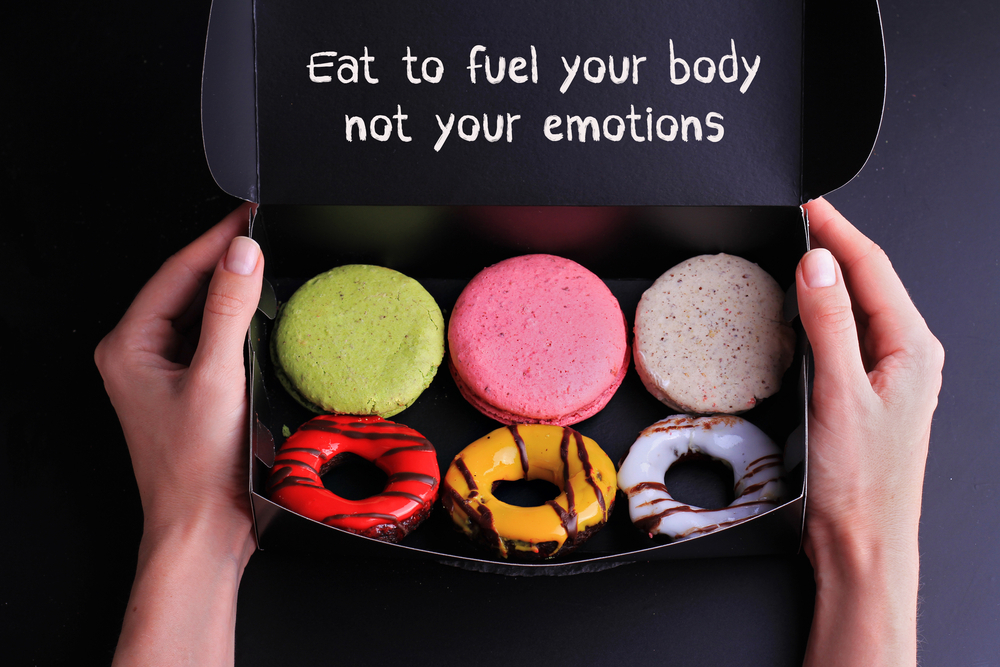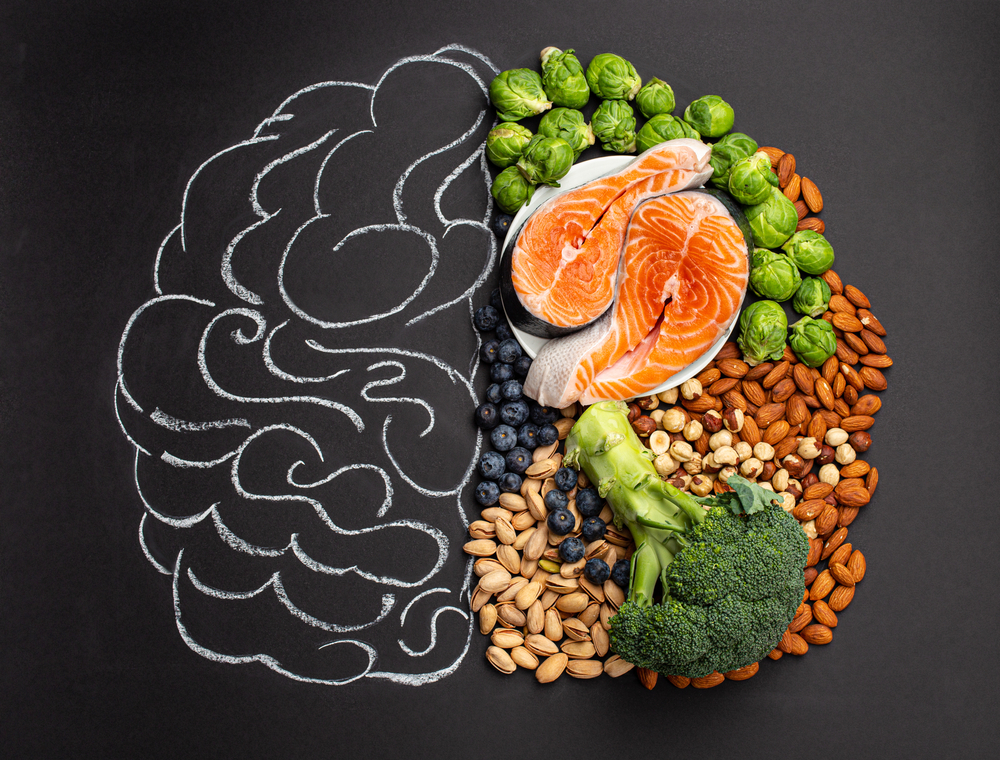Mindful Eating: A Holistic Approach to Reduce Stress at Every Meal

In today’s fast-paced world, stress can often accompany us to the dinner table, disrupting the enjoyment of our meals and affecting our overall well-being. Mindful eating offers a holistic approach to reduce stress at every meal, allowing us to savor the experience of nourishing our bodies and souls. This article explores the principles of mindful eating and how they can transform our relationship with food, leading to a more peaceful and fulfilling dining experience.
Understanding Mindful Eating
Imagine sitting down to a meal, not just to eat, but to truly experience your food. That’s what being tuned in to your eating habits is all about. It’s not about strict diets or buzzwords; it’s about being present with your food, acknowledging how it impacts your senses, how it makes you feel, and the nourishment it provides. Embracing this concept can do wonders for your body and mind, inviting numerous benefits that extend far beyond the dinner table.
The Concept of Mindful Eating
Ever find yourself munching away at your food without really paying attention? That’s where mindful eating comes in—it’s all about diving deeper into the eating experience. Imagine enjoying each bite, understanding how it makes you feel, and recognizing the signals your body gives when it’s full. This approach isn’t just about eating slowly or chewing your food lots of times, although that’s part of it. It’s focusing your full attention on the meal in front of you and engaging all your senses.
The heart of mindful eating lies in awareness. When you’re mindful, you’re not just eating—you’re taking a journey with your food. From its colors and textures to its flavors and smells, you notice everything. It’s almost like a food meditation, where each meal becomes an opportunity to connect with the present moment and your inner self. Say goodbye to gobbling down a sandwich while scrolling through emails; with mindful eating, every meal is a chance to pause and refresh your mind.
Benefits of Mindful Eating
Eating mindfully isn’t just a fad—it’s a way to harness some serious perks for your body and mind. Imagine feeling more in tune with what you’re munching on; that’s what happens when you eat with intention. You start to notice the flavors, textures, and even your body’s hunger cues, which means you’re less likely to overeat. Plus, being in the moment with your meal can help you appreciate food more and maybe even make healthier choices without feeling like it’s a chore.
But the goodness doesn’t stop there. Eating mindfully can also be a game-changer for your stress levels. Instead of wolfing down lunch while scrolling through emails, taking a breather to enjoy your food can provide a much-needed pause in your hectic day. It’s like hitting the reset button—both your stomach and your brain will thank you. No more eating just because you’re bored or stressed; with this approach, you’ll be eating for the right reasons, and that’s something to feel great about.
Practical Application of Mindful Eating

Ever wondered how to turn your meals into a stress-relief session? Hint: it’s not about the fancy food or the silverware; it’s all about how you eat. This section is here to guide you step by step into making every bite a soothing journey through mindful eating. It’s a journey that’s all about being present, paying attention to your food, and checking in with your body. So, let’s dig into the practical ways you can welcome this zen approach into your mealtime habits, turning the simple act of eating into a calming routine.
Mindful Eating Techniques
Ever felt like you inhaled your meal without even tasting it? That’s where mindful eating techniques come into play. They’re all about slowing down and truly experiencing your food. It’s not just about what you eat, but how you eat.
First off, start with small bites. It’s like tuning in to a good song—let each note, or in this case, flavor, sink in. Also, put down your fork between bites. This simple act encourages you to pause and can make a huge difference. Take this time to really savor the taste and texture of your food.
Chewing is key—aim to chew each bite about 20-30 times before swallowing. This not only helps with digestion but also gives your brain the time it needs to register that you’re eating, which can help with portion control. Plus, it’s a prime opportunity to notice the intricate flavors in your meal.
Mindfulness isn’t silent, either. It’s about being aware. So listen to the sounds of your food, whether it’s the crunch of a carrot or the sizzle of a stir-fry. It’s a whole sensory experience!
Lastly, remember to eliminate distractions. Yep, that means turning off the TV and putting your phone away. When you’re not distracted, you’re dialed into the now, making it easier to tune into your body’s cues and enjoy your meal to the fullest.
Try these techniques at your next meal and watch how they transform your eating experience. Who knew taking your time could be so rewarding?
Creating Mindful Eating Practices
Establishing practices for mindful eating can be as simple as being present during your meals. Start by taking a few deep breaths before you eat, which helps you relax and get ready to focus on your food. It’s like hitting the pause button on your day, creating a little island of calm right before you dive into your meal.
To make these practices stick, try setting a regular time and place for eating. Avoid eating on the go, and sit down at a table if you can. This doesn’t just help with digestion, it’s also about respecting the act of eating as something important. After all, feeding our bodies is one of the most essential things we do every day!
Mindful Eating and Stress Reduction

Have you ever noticed that rush of relief after taking a slow, deliberate bite of your favorite food? That’s part of the magic behind a concept known as being present with your meal. It’s about connecting more deeply with your eating experience to melt away tension. When we focus on the taste, texture, and joy food brings, we’re not just filling our bellies; we’re giving our minds a break from the daily grind. This quiet time can slash stress levels and transform how we view our plates, turning every bite into a tranquil escape.
The Link Between Mindful Eating and Stress
Have you ever noticed that when you’re super stressed, you tend to wolf down your meals without tasting a single bite? That’s because stress and eating are more connected than you might think. Eating in a hurry or while distracted can crank up your body’s stress levels, making mealtimes less enjoyable and more like a race to the finish line.
But here’s the good news: slowing down and being present with your food does wonders for chilling you out. When you practice paying attention to the flavors, textures, and smells of what’s on your plate, your body switches from ‘stress mode’ to ‘relax mode’. This way, you give your mind a break from all the hustle and bustle, making mealtime a peaceful pause in your day. This isn’t just great for your mind; your tummy will thank you, too!
Mindful Eating as a Stress-Reducing Practice
Have you ever gobbled down your lunch while checking emails and then barely remembered what you ate? That’s because stress can sneak into our meals, making us forget to enjoy the flavors and feelings that come with eating. Now, imagine if eating could be a time to unwind instead of just another task on your to-do list. That’s where mindful eating steps in!
Mindful eating turns every bite into a mini-vacation for your mind. It’s all about putting the brakes on stress and really tuning into the yumminess of your meal. You focus on the taste, the colors, the textures, and how the food makes your body feel. It’s a practice that whispers, “Hey, slow down, taste this, isn’t it amazing?” This attitude can transform mealtime into a soothing ritual, giving your brain a break from the hustle and making eating a peaceful, stress-melting event.
Mindful Eating Beyond the Plate

Have you ever thought about how what happens off the plate can impact your enjoyment of food? It’s not just about what we eat, but also how we live our lives daily. When we take the principles of eating with intention and awareness out of the kitchen, we see positive changes far beyond our mealtimes. It’s about weaving mindfulness into the fabric of our day-to-day activities and creating a lifestyle that supports tranquility and satisfaction with every bite we take.
Mindful Eating in Daily Life
Eating is something we do every day, often without thinking much about it. But what if we took a moment to truly be present with every bite? That’s where bringing mindful eating into our daily routines can make a world of difference. It’s not just about sitting at the table and chewing slowly; it’s a full embrace of the colors, textures, and flavors of your food. It’s about listening to your body’s hunger cues and knowing when you’re satisfied, not just full.
By making a conscious effort to apply mindful eating all day long, you can transform even the simplest snack into a moment of calm and reflection. Imagine enjoying your morning coffee while feeling the warmth of the cup in your hands and savoring each sip instead of gulping it down on the way to work. It’s these small changes that can create a ripple effect of mindfulness throughout your day, leading to reduced stress and increased appreciation for the little things in life.
Nurturing Mindful Eating Habits
Developing mindful eating habits doesn’t happen overnight, but with a little practice every day, it can become a natural part of your life. Start by choosing one meal or snack per day to eat mindfully, paying attention to the flavors, textures, and sensations of the food. As this becomes a more comfortable practice, expand it to more meals.
Remember to be patient with yourself; habits take time to build. Set realistic goals and celebrate your progress, no matter how small it might seem. The key is consistency and intention. By doing this, you’re not just eating; you’re changing your relationship with food, one bite at a time.
Cultivating a Mindful Eating Mindset

Imagine a meal where every bite is a journey, a gentle moment between you and your food, filled with gratitude and comprehension for the sustenance it provides. This vision isn’t a far-off dream, it’s the essence of cultivating a mindful eating mindset. Embracing this approach isn’t just a practice; it’s a transformation in the way we interact with our plate that nourishes not only our bodies but also our minds. It’s a conscious shift towards appreciating the present, where every meal becomes an oasis of calm in our bustling lives.
Embracing Gratitude and Acceptance
Gratitude is like a secret ingredient that can turn any meal into a feast. It starts with a simple “thank you” for the food on your plate and the journey it took to get there. Recognizing the hard work of farmers, the bounties of the earth, or even your own efforts in preparing a meal, nurtures a deeper appreciation. This simple act of acknowledging the value of what you’re about to consume paves the way for a stress-free dining experience.
Acceptance follows closely on gratitude’s heels. Sometimes meals aren’t perfect, and that’s okay. Whether it’s overcooked pasta or a less-than-spectacular sandwich, accepting the imperfect nature of life, and our meals, is vital. When you embrace your food without judgment, each bite becomes an opportunity to nourish your body and practice kindness to yourself. This approach can transform mealtime into a calming ritual that supports your emotional and physical health.
Self-Compassion in Mindful Eating
Sometimes eating isn’t just about being hungry; it’s about taking care of ourselves on a deeper level. That’s where self-compassion comes in—it’s like giving ourselves a big, warm hug every time we sit down to eat. Self-compassion in dining means cutting ourselves some slack. It’s about understanding that it’s okay to indulge in your grandma’s famous cookies once in a while or to have a day when you’re not on your A-game with your greens. It’s realizing that one meal won’t define your entire journey to healthier habits.
When we look at our plates, we should see more than just food; we should see an opportunity for kindness. If we overeat or choose less nutritious options, instead of getting down on ourselves, we can acknowledge our choices and decide how to move forward. It’s not about perfection, it’s about progress and treating ourselves with the same care and respect we’d offer a good friend. After all, being kind to ourselves might just be the secret ingredient that makes every meal a little more nourishing.
Conclusion
By embracing the principles of mindful eating and incorporating them into our daily routines, we can alleviate the stress that often accompanies mealtime. The holistic approach of mindful eating empowers us to cultivate a positive and nourishing connection with food, fostering overall wellness and contentment in our lives.
FAQs
1. How does mindful eating reduce stress?
- Mindful eating reduces stress by promoting a heightened awareness of the present moment, helping individuals focus on their food and eating experience. This practice can lower cortisol levels and enhance overall well-being.
2. What is the mindful eating approach?
- Mindful eating is an approach that involves being fully present during meals. It emphasizes paying attention to the sensory aspects of eating, slowing down, and being aware of hunger and fullness cues. This holistic approach fosters a healthier relationship with food.
3. Why does eating relieve stress?
- Eating, particularly when done mindfully, can alleviate stress by providing a focused and pleasurable activity. Mindful eating encourages individuals to savor their food, promoting relaxation and a break from stressors.
4. What are 3 mindful eating habits?
- a. Eating slowly and savoring each bite.
- b. Being aware of hunger and fullness cues.
- c. Eliminating distractions and focusing solely on the act of eating.
5. What are the 5 S of mindful eating?
- a. Savor: Appreciate the flavors and textures of your food.
- b. Slow: Eat at a leisurely pace.
- c. Simplify: Create a calm and uncluttered eating environment.
- d. Sense: Engage your senses while eating.
- e. Smile: Approach meals with a positive and mindful attitude.
6. What are the four steps to mindful eating?
- a. Pause: Take a moment before eating to center yourself.
- b. Assess: Reflect on your hunger and choose nourishing foods.
- c. Savor: Eat slowly, paying attention to taste and texture.
- d. Conclude: Recognize feelings of satisfaction and fullness, stopping when you’ve
Useful resources
- Mindful.org – Explore mindful eating resources and articles on Mindful.org to deepen your understanding of this holistic approach to reducing stress at every meal.
- Mayo Clinic – Mindful Eating: A Healthy Way to Eat – Mayo Clinic provides expert insights and advice on mindful eating as a healthy way to approach meals and manage stress.
- Harvard Health Blog – Mindful Eating – Learn about the benefits of mindful eating and discover practical steps to incorporate this approach into your daily life, courtesy of Harvard Health Blog.
- Psychology Today – Mindful Eating: Cultivating a Healthy Relationship with Food – Psychology Today offers articles and resources on mindful eating, guiding you toward cultivating a healthy and mindful relationship with the food you consume.








I just like the helpful information you provide in your articles
thanks a lot i appreciate your comments 🙂
Your point of view caught my eye and was very interesting. Thanks. I have a question for you.
I’m glad my perspective caught your interest; feel free to ask your question, I’m here to help.
Your point of view caught my eye and was very interesting. Thanks. I have a question for you.